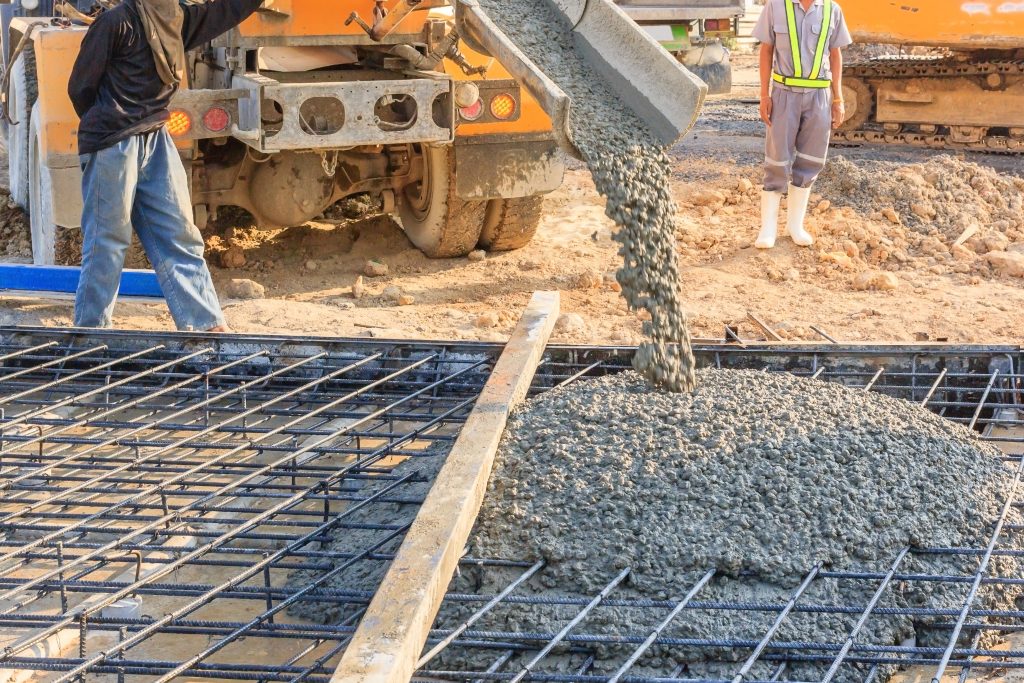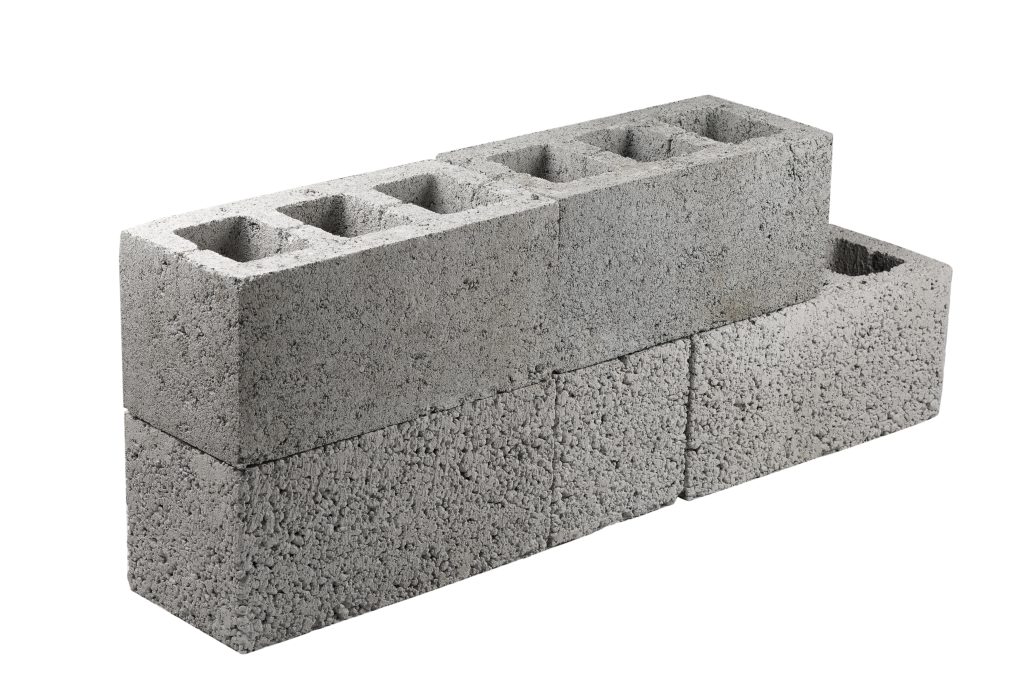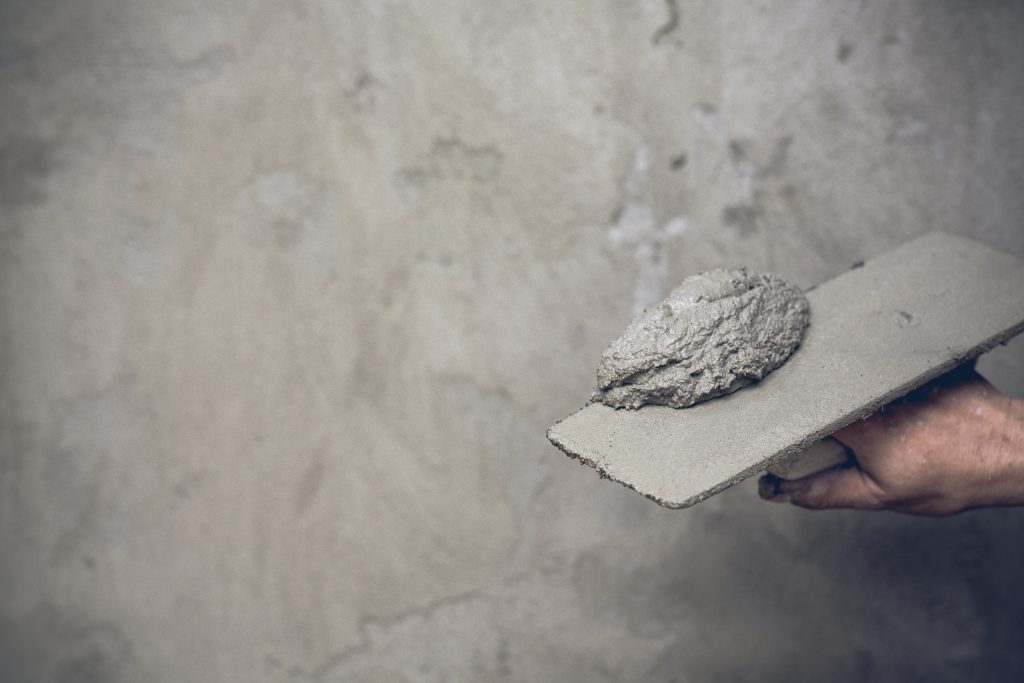Segregation of concrete is an unwanted challenge where the concrete’s primary components – cement, aggregates, and water fail to uniformly blend and consolidate. The non-uniformity in the concrete mix poses a threat to the structural integrity and prevents it from achieving the desired compressive strength. Therefore, understanding the causes and effects of segregation of concrete is imperative. Read on to learn more.
What is Segregation of Concrete?
Segregation in concrete is the unwanted separation of constituent materials within the concrete mix. When segregation occurs, it causes the heavier particles to settle at the bottom while lighter elements move towards the top. It happens when the components like cement, water, aggregates, and admixtures are not mixed using the right ratio. The uneven mix affects the concrete’s compressive strength, durability, and appearance.
Types of Segregation in Concrete
Understanding the types of segregation of concrete is crucial to identifying and addressing segregation issues in construction projects.
-
- Separation of coarse aggregates
It involves the separation of coarse aggregates from the rest of the concrete mix. This segregation occurs when the heavier aggregates settle at the bottom while the lighter components, such as cement paste and water, rise to the top. This phenomenon is commonly observed in poorly mixed concrete. When pouring concrete, the larger aggregates tend to settle due to gravity, leading to an uneven distribution within the mixture. As a result, the concentration of aggregates can be higher at the bottom layers which affects the uniformity of the mix and strength of the concrete.
-
- Grout separation
The separation of the cement paste (grout) from the aggregate occurs when excessive water is added to the mix or when the concrete is poorly consolidated. When the water-cement ratio is too high, the excess water tends to move upwards, carrying the fine particles of cement along with it. Consequently, the cement paste separates from the aggregate leading to weakened areas within the concrete structure. Grout separation compromises the strength of the concrete and affects its durability.
What are the Causes of the Segregation of Concrete?
Several factors contribute to the segregation of concrete that affects the uniformity of the mix.
-
- Improper mix proportions: Inaccurate proportions of cement, aggregates, water, and additives during the mixing process can lead to segregation. Incorrect ratios can cause an imbalance in the mixture’s density and make it prone to separation.
-
- Excessive water content: High water-cement ratio is a common cause of segregation. The excess use of water increases the fluidity of the mixture. Causing the lighter components such as cement slurry to float upward and leading to segregation.
-
- Handling and transportation: Rough handling during transportation or pouring of the concrete can cause segregation. Vibrations or jolts during transit can cause the heavier aggregates to settle and disrupt the uniformity of the mixture.
-
- Consolidation techniques: Vibrations or compaction techniques are essential to eliminate air voids and ensure a homogeneous mix. Without proper consolidation, the components might separate, leading to weak spots in the structure.
What are the Effects of Concrete Segregation?
Concrete segregation can significantly impact the integrity, strength, and durability of structures. Here are the key effects of segregation in concrete:
-
- Reduced structural strength: Segregation compromises the homogeneity of the concrete mix which leads to uneven distribution of components. Non-uniformity weakens the structural integrity of the concrete and reduces its load-bearing capacity. This makes the structure more susceptible to cracking, deformation, and failure under stress.
-
- Surface imperfections: The uneven distribution of aggregates and cement paste can create rough, pitted, or bumpy surfaces. It also leads to the formation of cracks and increased penetration of water.
-
- Decreased durability: Segregated concrete tends to have localised areas with a lower concentration of binding materials. These areas are more susceptible to moisture, chemical attacks, and weathering.
-
- Potential structural hazards: In extreme cases, segregation can lead to serious structural hazards. Weak spots within the concrete can compromise the overall stability of the structure. It can increase the risk of collapse or structural failure.
How to Prevent the Segregation of Concrete?
Preventing segregation of concrete requires careful attention to the entire concrete process, from mix design to placement. Follow these tips:
-
- Use precise mix proportions considering the correct ratios of cement, aggregates, water, and additives. Ensuring a well-graded aggregate mix and an appropriate water-cement ratio can help to prevent segregation.
-
- Avoid excessive movement during transit to prevent segregation. Use chutes, conveyors, or pumping systems to pour the concrete smoothly without causing component separation.
-
- Employ proper pouring and placing methods. Avoid high drops and free falls when depositing concrete into forms or moulds.
-
- Utilise vibration and right compaction techniques to consolidate the mix and eliminate air voids to ensure uniformity.
Choose super strong concrete cement by JK Cement for exceptional durability and strength.
FAQs
What causes segregation in concrete?
Segregation in concrete is caused by several factors like improper mix proportions, excessive water content, inadequate mixing, poor aggregate grading, rough handling during transportation, and inadequate consolidation methods.
How can segregation be prevented during concrete placement?
To prevent segregation during concrete placement:
-
- Ensure optimised mix designs with correct ratios of components.
-
- Handle and transport the concrete carefully.
-
- Follow proper pouring and placing techniques.
-
- Maintain a consistent water-cement ratio.
Can the use of additives reduce segregation in concrete?
Yes, certain additives like high-range water reducers (HRWR) or superplasticizers can improve the workability of concrete without having to increase the water content.
How does the ambient temperature affect concrete segregation?
Ambient temperature influences the setting time of concrete. Higher temperatures accelerate the hydration process, affecting the concrete’s workability and increasing the risk of segregation. Whereas cold temperatures can slow down the consolidation process and increase the chances of concrete segregation.
What impact does poor concrete consolidation have on segregation?
Poor consolidation of concrete allows air voids to persist leading to an uneven distribution of components within the mix. This unevenness poses a risk of segregation, where solid components fail to integrate properly with water or fine particles. It results in reduced structural strength and overall performance.














